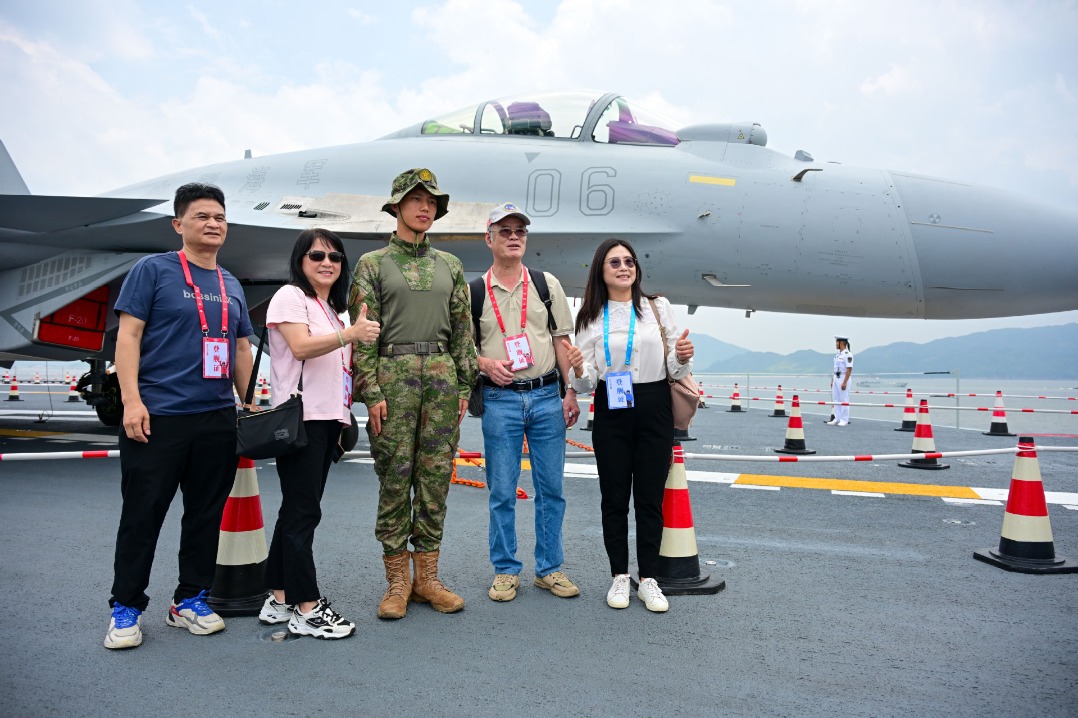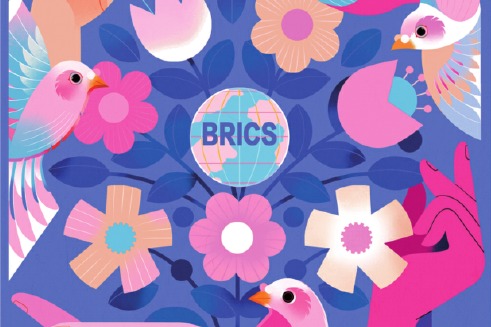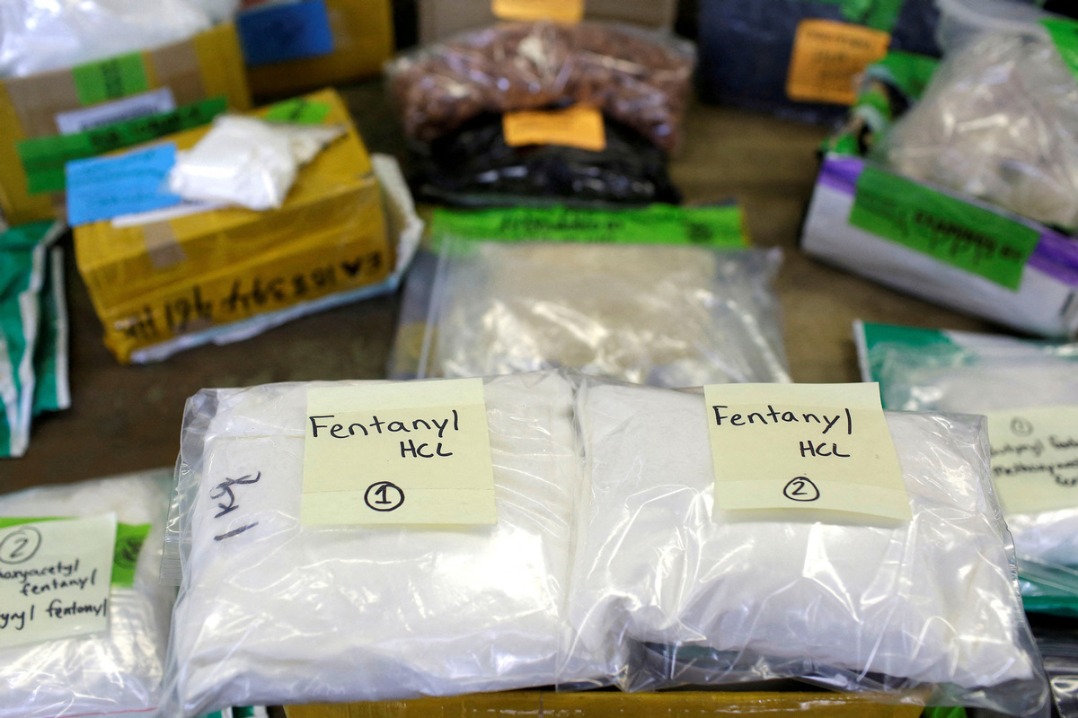Gains of poverty elimination need to be consolidated


By eradicating extreme poverty in the country last year, China not only achieved the targets of poverty reduction, one of the 17 Sustainable Development Goals, a decade in advance but also solved the differential regional poverty problem.
To consolidate the remarkable achievements of eliminating poverty, and to make sure vulnerable groups and areas do not slip back into poverty, China will continue its targeted poverty reduction work during the 14th Five-Year Plan (2021-25) period. The government will also continue making efforts to revitalize rural areas by developing industries, and maintain supportive policies for areas just lifted out of poverty for a five-year transition period.
China had identified 832 counties as poverty-stricken regions with dense populations during the 13th Five Year Plan (2016-20). Thanks to the concerted efforts of everyone from senior leaders to village-level workers and rural residents, all these counties were lifted out of poverty in the five years to 2020.
Many of those counties and townships have become financially independent, partly or fully, because of years of government support. For instance, farmers in many counties can now earn stable incomes thanks to the development of local industries, and many local governments are providing education, healthcare and housing for free for the poor due to increasing economic growth and fiscal revenue.
But given the regional disparities in public finances and potential risks, the central government will not reduce spending on targeted poverty alleviation work and instead could increase it for the counties that have just emerged out of poverty for the next five years. The funds will help all local residents to meet the basic needs of food, clothing, education and housing.
Due to the development gap among different regions and since the eastern coastal region is more developed than the western inland regions, impoverished counties were mostly concentrated in the western regions.
But thanks to China's continued efforts to ensure resources are shared more evenly among the regions, the distribution of resources across the country today is more equitable than ever before.
Apart from giving financial support, the eastern provinces also shifted some of their industries to the western regions while providing training for farmers and absorbing more migrant workers in the manufacturing and services sectors, which played a critical role in winning the battle against absolute poverty across the country.
The central government has announced that such support will continue during the five-year transition period with strengthened supervision, and emphasized that the success of the poverty alleviation work marks the beginning of a better life for all the people.
In effect, the central government's assertion will raise the spirit of rural residents and officials to continue making efforts to improve people's lives and livelihoods. And the government's message that enterprises operating in areas that have recently been lifted out of poverty will keep enjoying preferential policies and sharing the fruits of rural revitalization will prompt them to increase production and investment.
In the long run, such government moves will boost development in less-developed regions and increase the incomes of rural people, and thus prevent people from sliding back into poverty.
During the 14th Five-Year Plan period, the authorities will continue providing help for people relocating to other places as part of the government's poverty alleviation program-in fact, about 10 million people have already relocated from remote areas to newly built communities to escape poverty.
To realize rural revitalization, the government will create more opportunities for migrant workers' training and employment so they can improve their skills and earn higher incomes.
In addition, during the next phase of rural revitalization, China will inject more funds into the western regions in a bid to narrow the urban-rural gap, and achieve overall economic and social modernization.
The author is a researcher at the Rural Development Institute, Chinese Academy of Social Sciences.
The views don't necessarily represent those of China Daily.


































